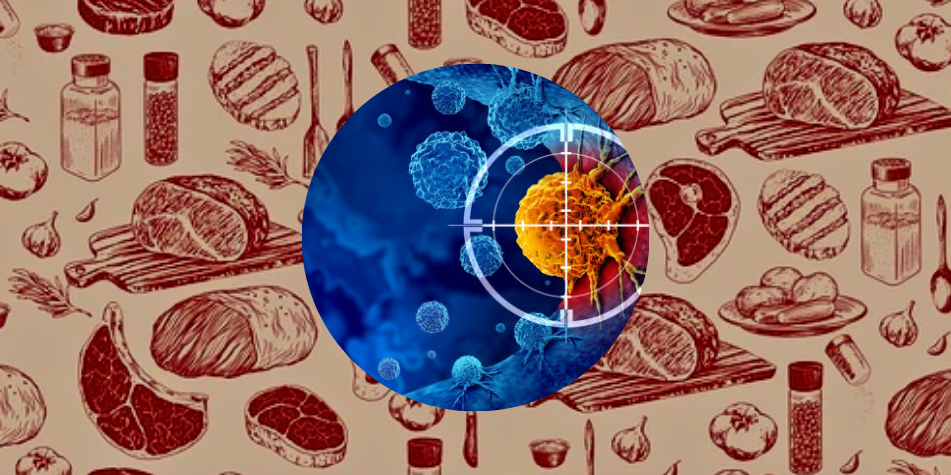Nanotechnology against cancer in Latin America: advances, challenges, and opportunities

Medical nanotechnology promises to transform the diagnosis and treatment of cancer, the second leading cause of death in Latin America, with more precise and less invasive therapies. How close is the region to mass adoption of these innovations?
According to María Pardo Figuérez, a professor in the Master's Program in Biomedical Engineering at the International University of Valencia (VIU), this emerging technology could mark a turning point in the fight against cancer in the region.

Cancer Photo: iStock.
According to the Pan American Health Organization (PAHO), cancer is already the second leading cause of morbidity and mortality in Latin America and the Caribbean, surpassed only by cardiovascular diseases. Without effective prevention and control measures, diagnoses are projected to increase by 57% by 2040, reaching 6.2 million cases in the region.
Faced with this reality, nanotechnology is emerging as a strategic ally for improving early detection and the effectiveness of treatments.
Earlier diagnoses with nanotechnology "Nanosensors capable of detecting tumor markers at very low concentrations are already being developed, allowing cancer to be identified in its very early stages," says the VIU expert. This early detection capability is key to improving prognosis and increasing survival rates.
In the therapeutic field, advances are also significant. Thanks to nanomaterials, targeted delivery systems have been created that transport drugs directly to tumor cells, avoiding damage to healthy tissue.

These therapies stand out for their precision. Photo: iStock
“Many nanoparticles have a high drug-loading capacity, which makes it possible to transport a larger amount of drug directly to the site of action, increasing efficacy with fewer systemic doses,” explains Pardo Figuérez.
These therapies stand out for their precision: nanoparticles can be designed to act exclusively on specific cells, reducing side effects and improving patient tolerance of the treatment.
Challenges to its adoption in Latin America Although there are already approved nanotechnology-based treatments, such as some liposomal formulations, many developments remain in the experimental or clinical trial phases. Still, investment in this area is growing, and regulatory frameworks are adjusting to the new reality.
"As manufacturing processes are optimized and costs are reduced, these therapies are expected to become increasingly present in routine clinical practice," the specialist notes.

Technology reference photo. Photo: iStock
In Latin America, however, challenges persist. The high cost of development and production limits its implementation, especially in resource-constrained healthcare systems. Furthermore, health regulations need to be updated to ensure its safe and effective integration.
"Nanotechnology represents a unique opportunity to advance cancer theranostics. The real challenge lies in how quickly we will be able to make this technology a reality accessible to everyone," concludes Pardo Figuérez.
eltiempo





